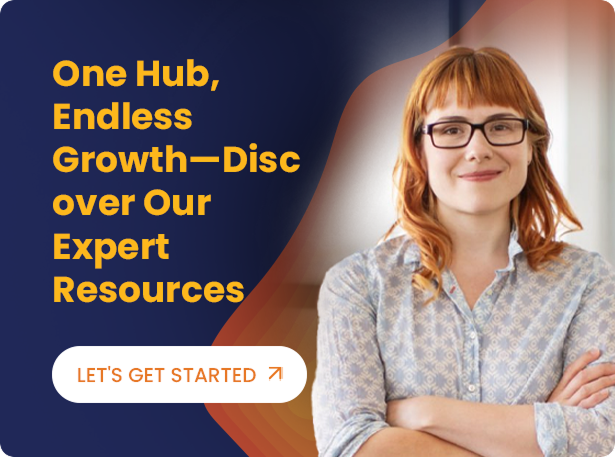The sales landscape has evolved dramatically, shifting power to the customer. With digitization and inbound marketing, buyers now research extensively before engaging with sales teams. 89% of B2B customers use online resources to evaluate options before connecting with a company¹.
One crucial element, however, remains central to closing deals—the sales demo. An engaging, customer-focused demo can make or break a deal, turning curious prospects into committed buyers. Here’s how to deliver compelling demos that convert.
1. Understand the Purpose of the Demo
Today’s customers don’t need a basic product walkthrough. They’ve likely already:
-
Watched product videos and read industry reviews.
-
Researched competitors to compare offerings.
-
Formed preliminary opinions before attending your demo.
The demo should go beyond features and focus on real-world solutions. Instead of just showcasing what your product can do, demonstrate how it solves your customer’s specific challenges.
Key approach:
-
Lead with value, not features.
-
Show real-world applications that align with customer needs.
-
Tailor your demo to address industry-specific pain points.
Customers don’t buy features; they buy solutions.
2. Conduct a Deep-Dive Discovery Session
A successful demo begins long before the presentation. To align your demo with your customer’s reality, conduct a detailed discovery session.
A study analyzing 519,000 discovery calls found that high-performing sales reps:
-
Identify 3-4 key customer pain points (more can dilute focus).
-
Ask 11-14 well-structured questions to uncover deep insights.
-
Listen more than they talk, creating a two-way conversation².
Effective discovery questions:
-
What challenges are you facing today?
-
What outcomes are most important to your business?
-
How are you currently addressing these challenges?
The stronger the discovery session, the more impactful the demo.
3. Be Compelling: Craft a Story That Sells
A great demo isn’t about clicking through slides and dashboards—it’s about engaging storytelling.
How to deliver an impactful demo:
-
Set the stage: Ensure technical readiness—check software, integrations, and connectivity beforehand.
-
Practice, practice, practice: Winging it leads to wasted time and disengaged audiences.
-
Customize the demo: Showcase relevant use cases tailored to the customer’s industry.
-
Address concerns proactively: Discuss pricing, support, and integrations before objections arise.
-
Engage visually: Use video, graphics, and interactive elements to hold attention.
Peter Cohen, author of ‘Great Demo!’, suggests doing the last thing first—leading with the most impactful, high-value feature to immediately capture the audience’s attention.
4. Keep It Interactive
Demos should be a two-way conversation, not a monologue.
-
Encourage customers to ask questions throughout.
-
Use live scenarios and hands-on testing when possible.
-
Keep it concise—focus on impact, not complexity.
Final Thought:
Customers don’t just buy technology—they buy into your expertise, your understanding of their needs, and your ability to drive results. The best demos don’t just showcase products—they make customers feel valued.
Are you ready to "show them the money"?
References
[1] https://www.thinkwithgoogle.com/consumer-insights/the-changing-face-b2b-marketing/






